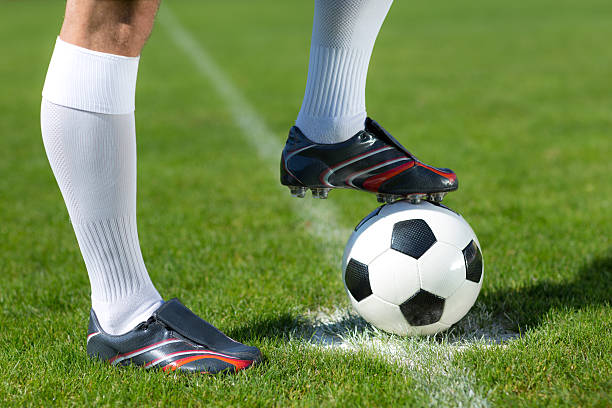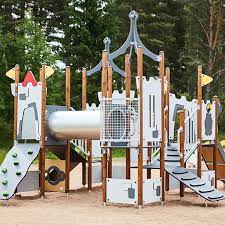Soccer, known as football in most places around the world, is a sport beloved by millions for its elegance, teamwork, and physical prowess. Success in soccer, like any other sport, is often a result of meticulous preparation and practice. When it comes to training, having the right equipment can make a significant difference in your performance on the field. From improving your dribbling skills to enhancing your shooting accuracy, the right gear is essential for players of all levels. Here is a comprehensive guide to the essential soccer training equipment you need to take your game to the next level.
1. Soccer Balls
The soccer training equipment is, clearly, the most crucial piece of equipment a player needs. However, not all balls are created equal. Different styles and sizes cater to various playing conditions and age groups. For training purposes, it’s often best to have a selection of balls—ranging from standard match balls to smaller, heavier-balls designed to improve strength and agility.
Match Balls
These are the balls used in official games. They should be FIFA approved and come in different sizes for youth and adult players.
Training Balls
Training (or ‘session’) balls are more durable than match balls and can withstand repeated use on various surfaces without losing their shape or flight patterns.
Weighted Balls
Weighted training balls help to increase power in shooting and passing and can be particularly effective when used in strength-building exercises.
2. Cones and Markers
Cones and markers are versatile tools that are integral to a variety of training drills. They can be used to mark out boundaries, create obstacles for dribbling, and to practice set pieces.
Training Cones
Durable, brightly colored cones are perfect for marking out training spaces and creating agility courses.
Saucer Cones
These flat, disc-shaped cones are great for ground-level drills and are less likely to be dislodged by errant kicks.
Dome Markers
Slightly raised markers that are difficult to miss, these are perfect for creating stations for skill drills and exercises.
3. Agility Ladders and Hurdles
Agility is a major component of soccer, and these pieces of equipment are essential for improving quick footwork and reaction times.
Agility Ladders
Flat ladders that are laid out on the ground to practice quick steps, side-to-side movements, and coordination.
Speed Hurdles
Flexible, adjustable hurdles that can be set at different heights to practice jumping and rapid acceleration and deceleration.
4. Training Poles and Mini Goals
Training poles and mini goals are excellent for practicing accuracy, ball control, and for simulating goal-scoring opportunities in training.
Speed Poles
Tall, flexible poles that can be used for dribbling drills and to improve turning under pressure.
Mini Goals
Portable, lightweight goals that can be set up quickly for shooting practice and small-sided games.
5. Rebounders and Passing Nets
Rebounders and passing nets are invaluable for solo practice and improving first touch, ball control, passing precision, and reaction times.
Rebounders
Adjustable frames that return the ball to the player when kicked against, simulating passes and shots from a teammate or an opponent.
Passing Nets
Stationary nets with specific target zones to improve passing accuracy and challenge players to hit progressively smaller targets.
By incorporating these pieces of soccer training equipment into your regimen, you can target the specific elements of your game that need improvement and enhance your overall performance. Remember, the key to success in soccer lies not only in the talent but in the dedication and smart training practices. Make sure you invest in the tools that will help you excel on the pitch.
The Essential Soccer Training Equipment You Need

Categories:


